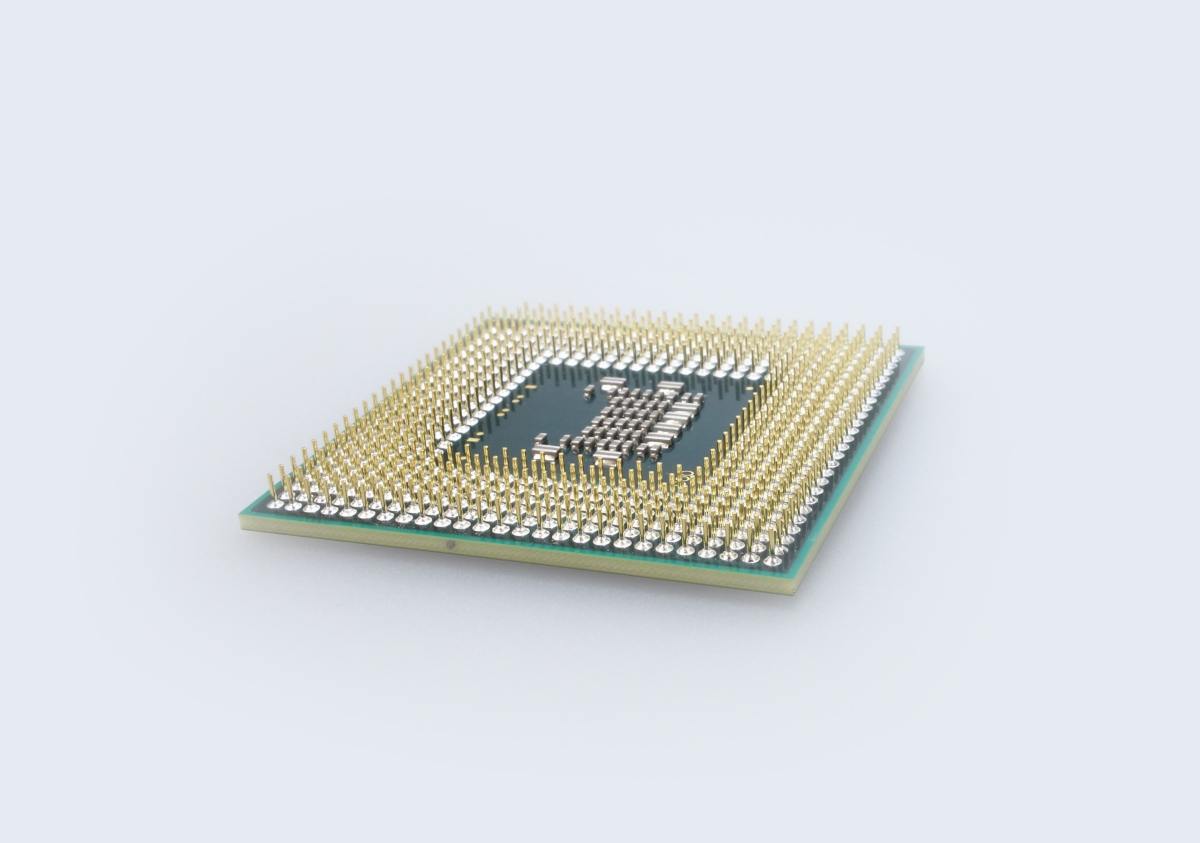Over the past five years there has been increased scrutiny on the security of supply chains and in particular software supply chains. The Solar Winds attack in 2020 brought this issue to the foreground as yet another requirement for a well rounded security program and also has been codified into several security guidelines such as, the Biden Administration Executive Order in 2021 and CISA software supply chain best practices. As businesses shift their software development practices to DevOps and Cloud, CSOs need to make sure software security is one of the components that is measured, monitored and controlled as part of a well rounded security program.
How Did We Get Here?
The use of open source software has increased over the past two decades largely because it is cheaper and faster to use an existing piece of software rather than spend time developing it yourself. This allows software development teams quicker time to market because they don’t have to re-invent software to perform certain functions and can instead focus on developing intellectual property that creates distinct value for their company.
There is also allegedly an implicit advantage to using open source software. The idea being open sourced software has more eyes on it and therefore is less prone to having malicious functions built into it and less prone to security vulnerabilities within the software. This concept may work well for large open source software projects that have a large number of contributors, but the concept falls short for smaller projects that have fewer contributors and resources. However, until the Solar Winds hack in 2020 the general attitude that open source software is more secure was generally applied to all projects regardless of size and funding. As we have learned, this flawed reasoning does not hold up and has allowed for attackers to target companies through their software supply chain.
The challenge with open source software is it is supposed to be a community led project. This means people use the software, but are also supposed to contribute back to that project. However, as companies have embraced open source software the two way street is more biased towards taking and using the software than contributing back. If corporations contributed back in ways that were proportionate to their use of open source software, the maturity, security and quality of the open source software would be drastically improved.
What Are the Risks?
There are several inherent risks involved in using open source software and they are as follows:
Can You Really Trust The Source?
How do you know the software you are pulling down from the internet doesn’t have a backdoor built into it? How do you know it is free from vulnerabilities? Is this piece of software developed and supported by an experienced group of contributors or is it maintained by one person in their basement during their spare time?
The point is, it is fairly easy to masquerade as a legitimate and well supported open source software project. Yet, it is difficult to actually validate the true source of the software.
What Is The Cadence For Vulnerability Fixes And Software Updates?
The size and scope of the open source software project dictates how well it is supported. As we saw during Log4j some projects were able to push updates very quickly, but other smaller projects took time to resolve the full scope of the issue. Any company using open source software should consider how often a project is updated and set limits on the use of software that doesn’t have regular and timely updates.
May Actually Require An Increase In Resources
There are ways for companies to manage the risk of using open source software. Assuming you can trust the source you can always pull down the source code and compile the software yourself. You can even fork the build to include fixes or other improvements to suit your specific application. However, this takes resources. It may not take the full number of resources that would be be required if you wrote the software from scratch, but maintaining the builds, version control and the general Software Development Life Cycle will need to be properly resourced and supported.
Can Complicate External Stakeholder Management
Another issue with using open source software in your supply chain is external stakeholder management. The Biden EO in 2021 requires companies to provide a software bill of materials (SBOM) for software sold to the U.S. Government. This trend has also trickled down into 3rd party partner management between companies, where contractual terms are starting to ask for software bill of materials, vulnerability disclosure timelines and other security practices related to software.
One major issue with this is: it is possible for software to be listed as vulnerable even though there may be no way to exploit it. For example, a piece of software developed by a company may include an open source library that is vulnerable, but there is no way to actually exploit that vulnerability. This can cause an issue with external stakeholders, regulators, auditors, etc. when they see a vulnerability listed. These external stakeholders may request the vulnerability be resolved, which could draw resources away from other priorities that are higher risk.
Standardization Is Hard
Finally, standardizing and controlling the use of open source software as part of the SDLC is advantageous from a security perspective, but exceptionally difficult from a practicality perspective. Unwinding the use of high risk or unapproved open source software can take a long time depending on how critical the software is to the application. If developers have to recreate and maintain the software internally that takes development time away from new features or product updates. Similarly, getting teams to adopt standard practices such as only allowing software to be a certain number of revisions out of date, only allowing software from certain sources and preventing vulnerable software from being used all takes time, but will pay dividends in the long run. Especially, with external stakeholder management or creation of SBOMs.
Wrapping Up
Using open source software has distinct advantages such as efficiency and time to market, but carries real risks that can be used as an attack vector into a company or their customers. CSOs need to include software supply chain security as one of the pillars of their security programs to identify, monitor and manage the risk of using open source software. Most importantly, a well robust software security supply chain program should consider the most effective ways to manage risk, while balancing external stakeholder expectations and without inadvertently causing an increase in resources.

